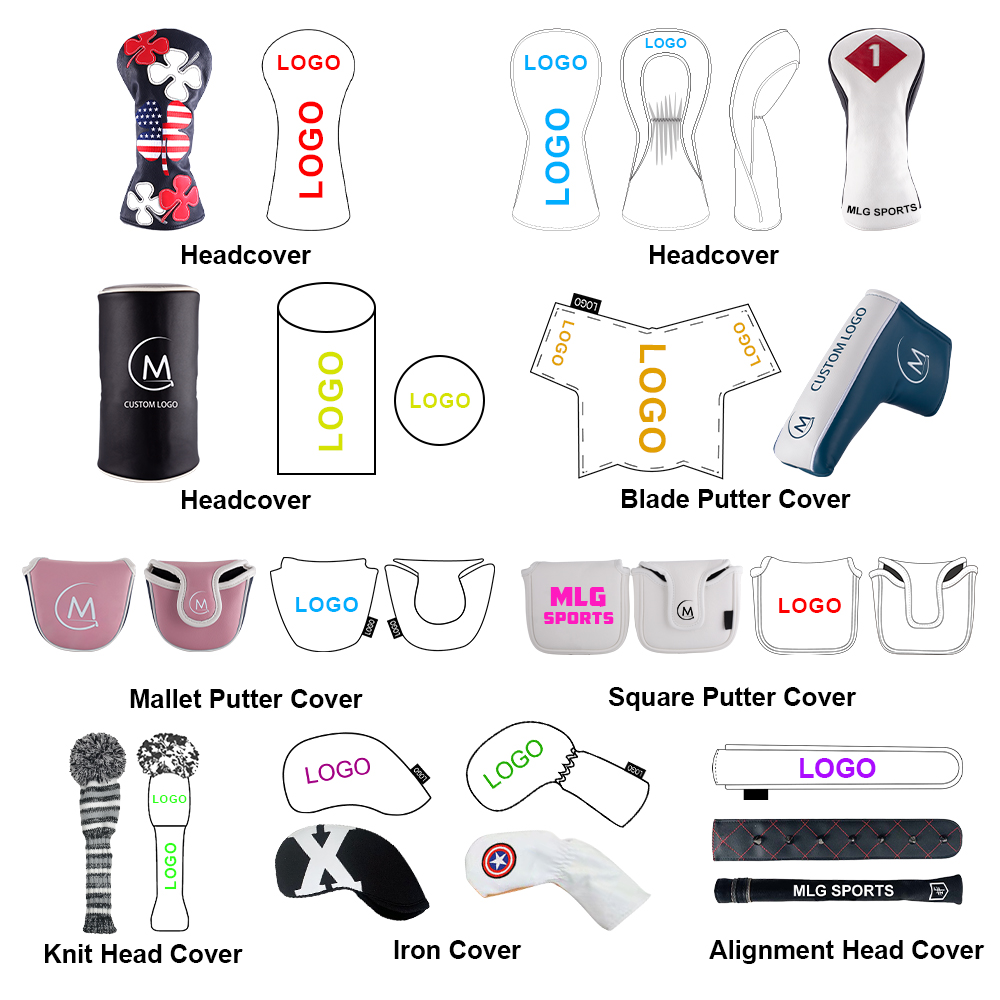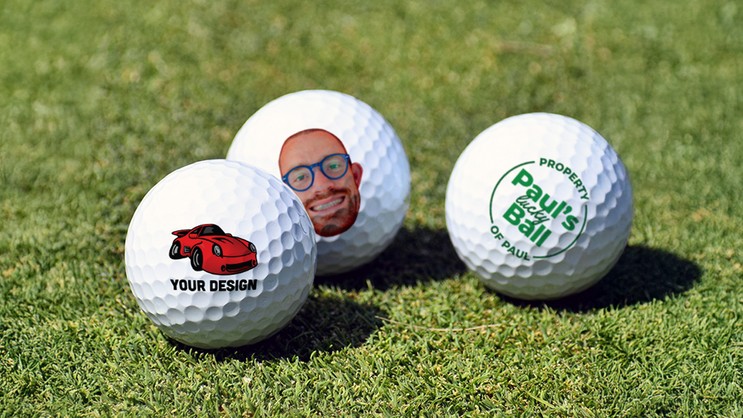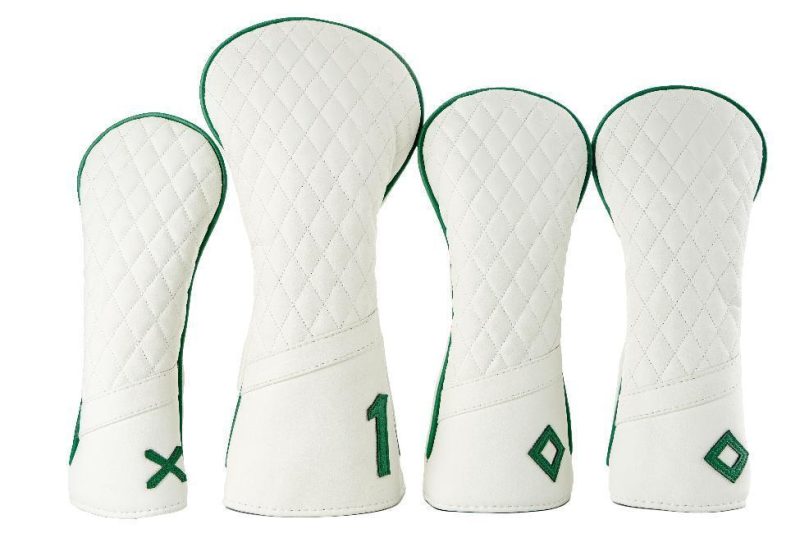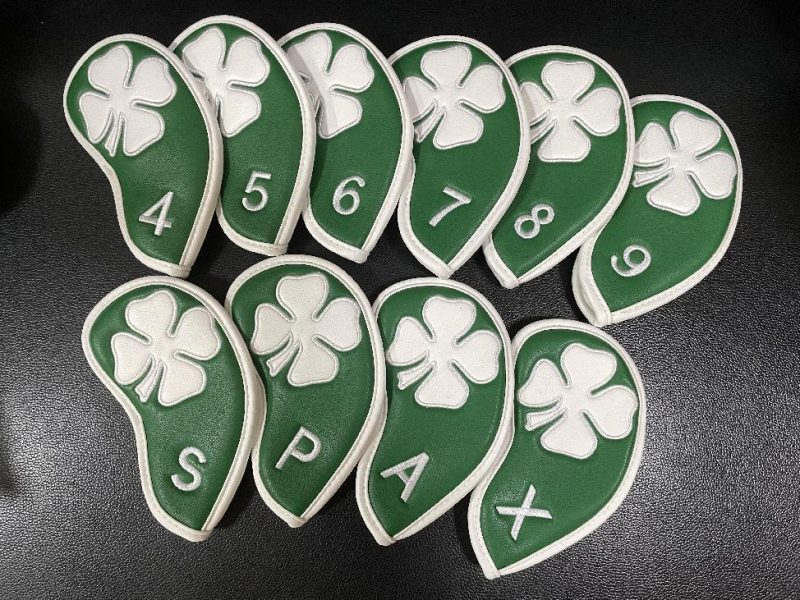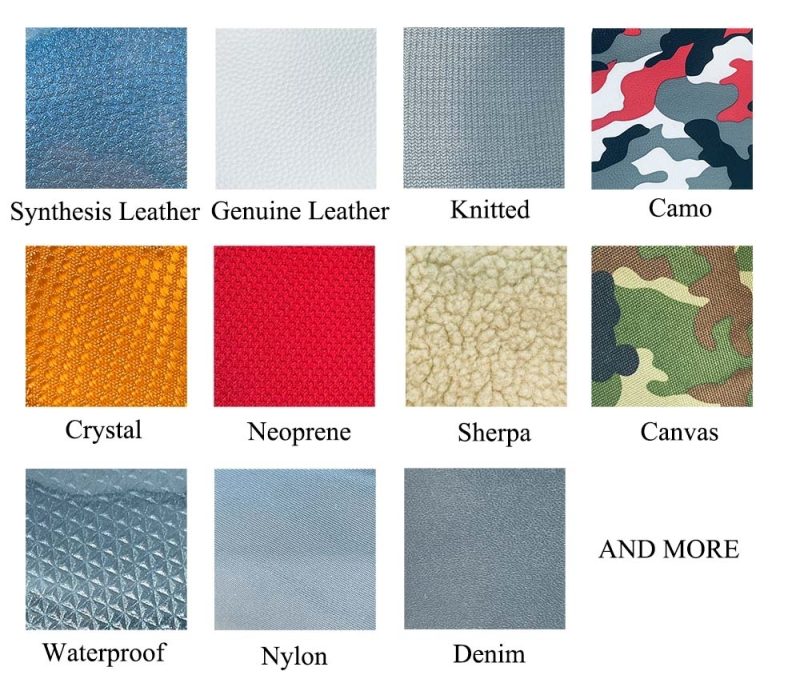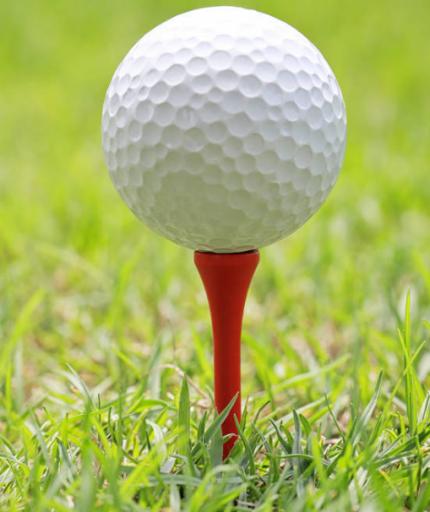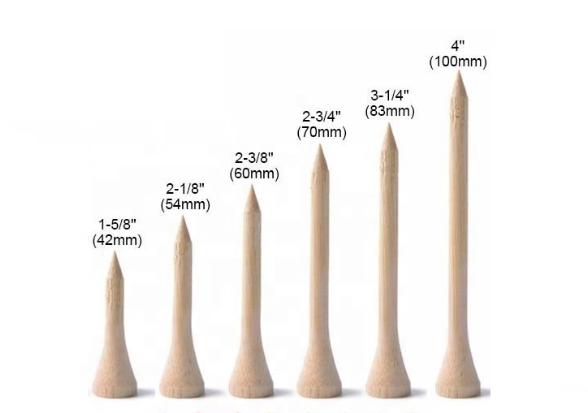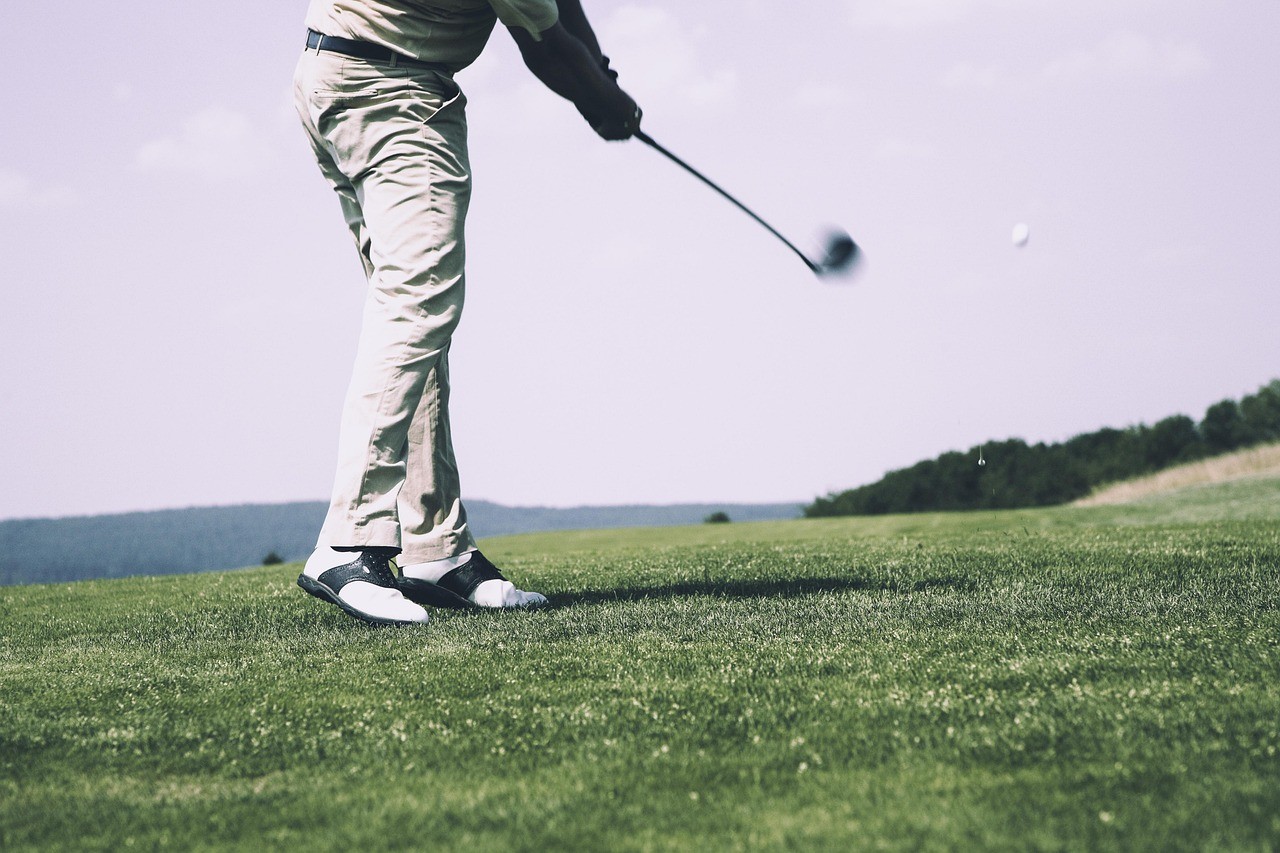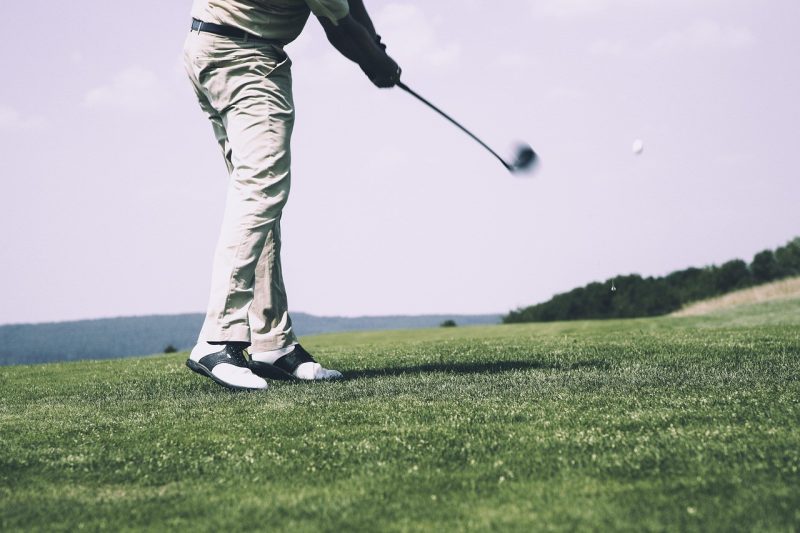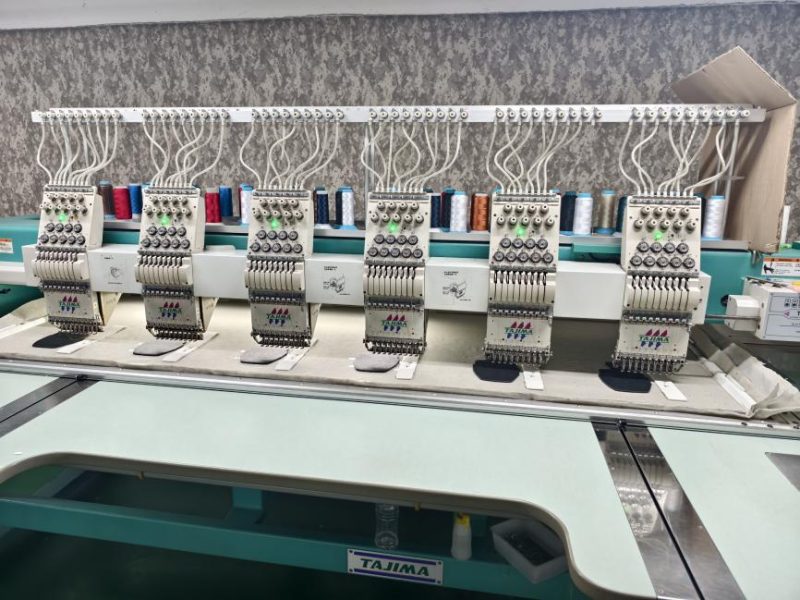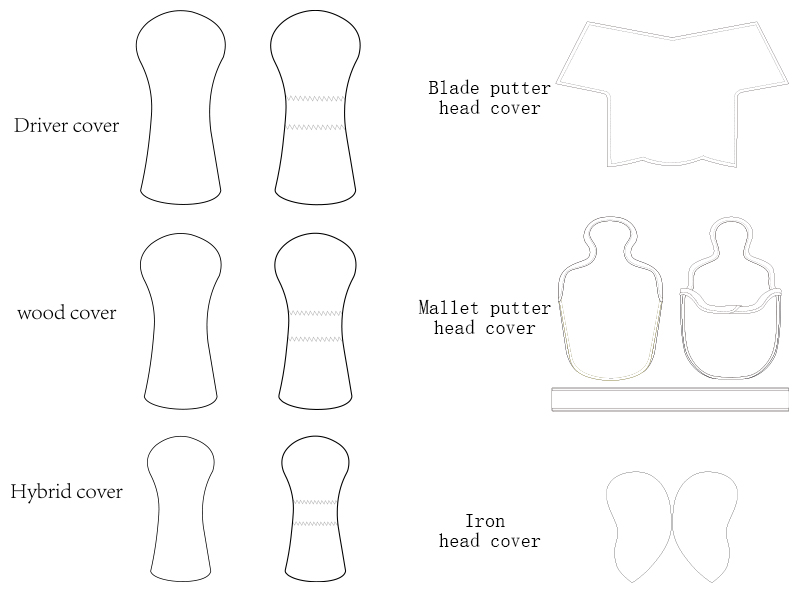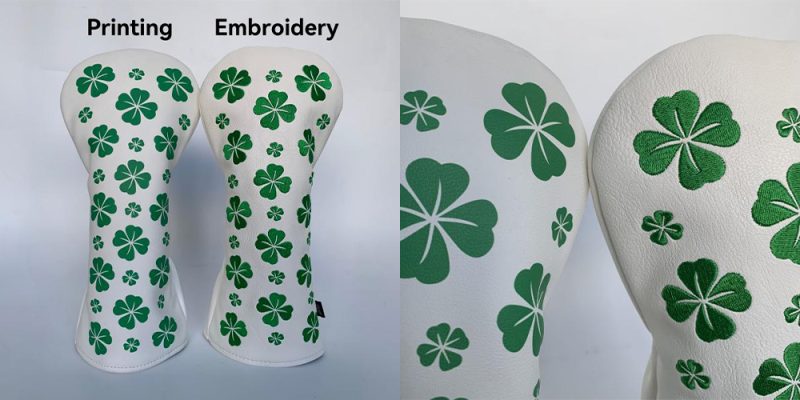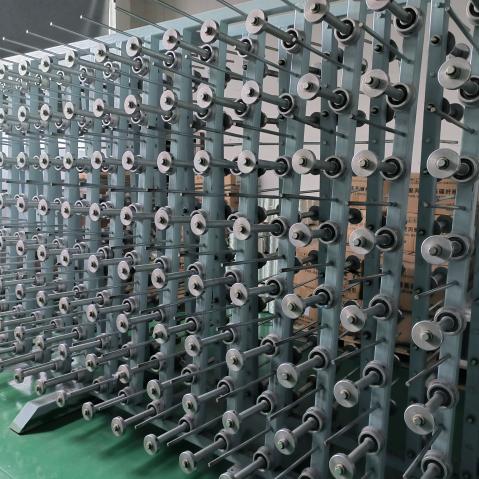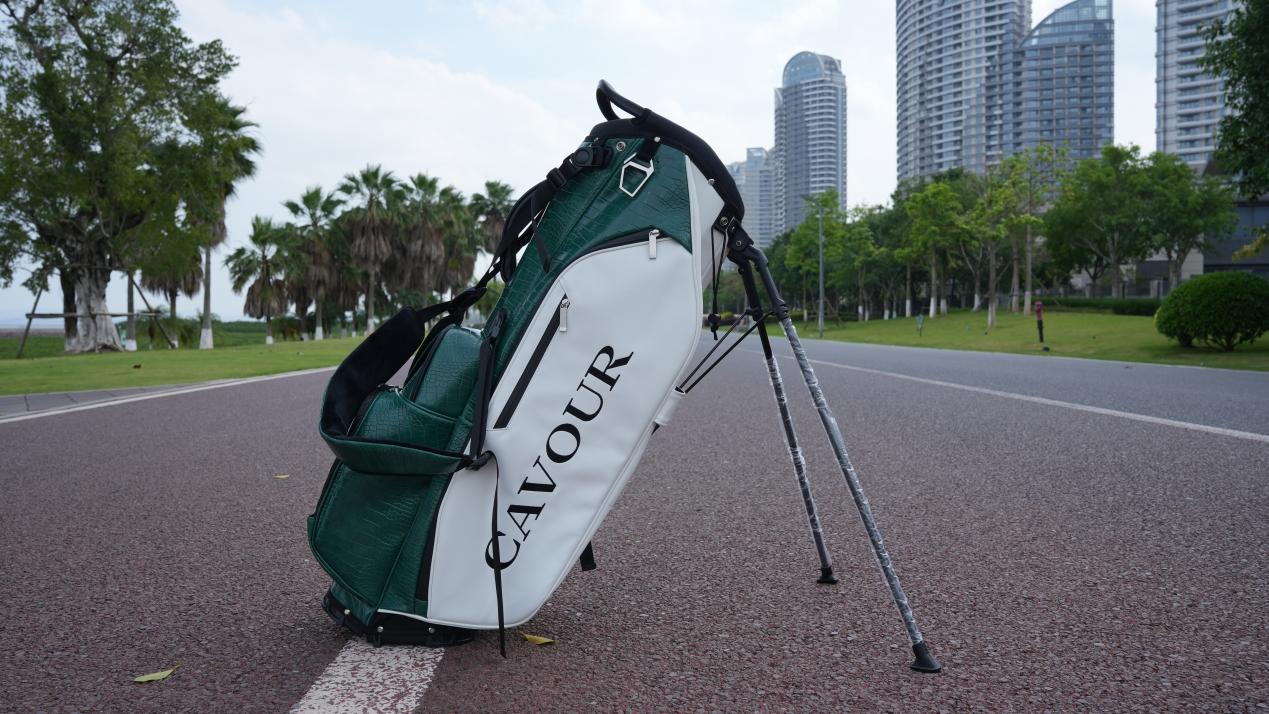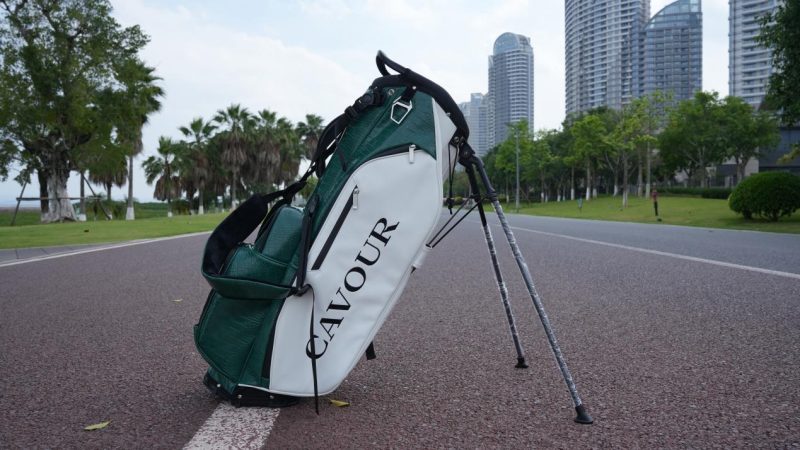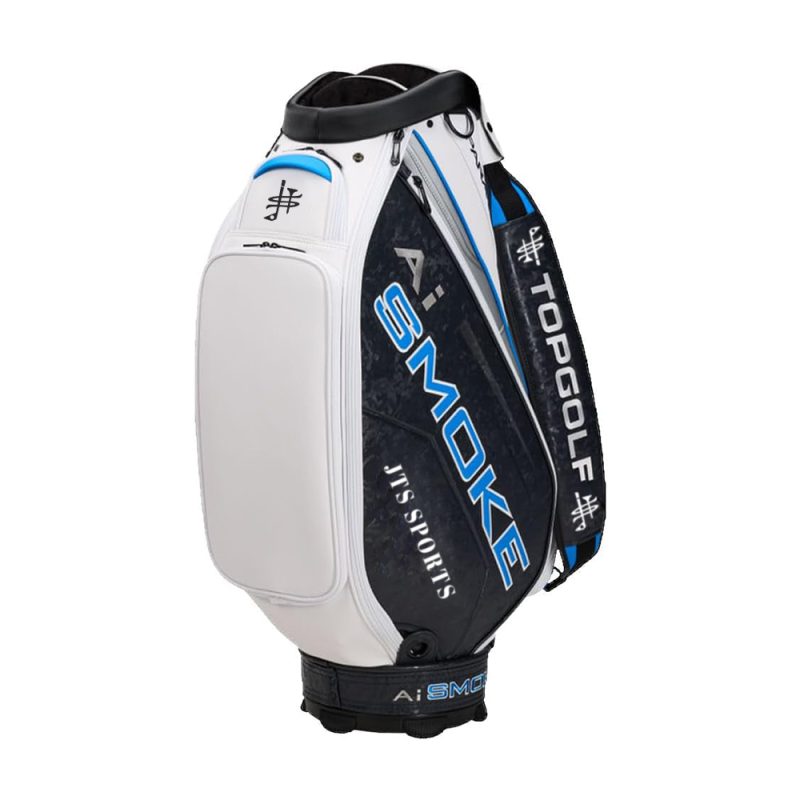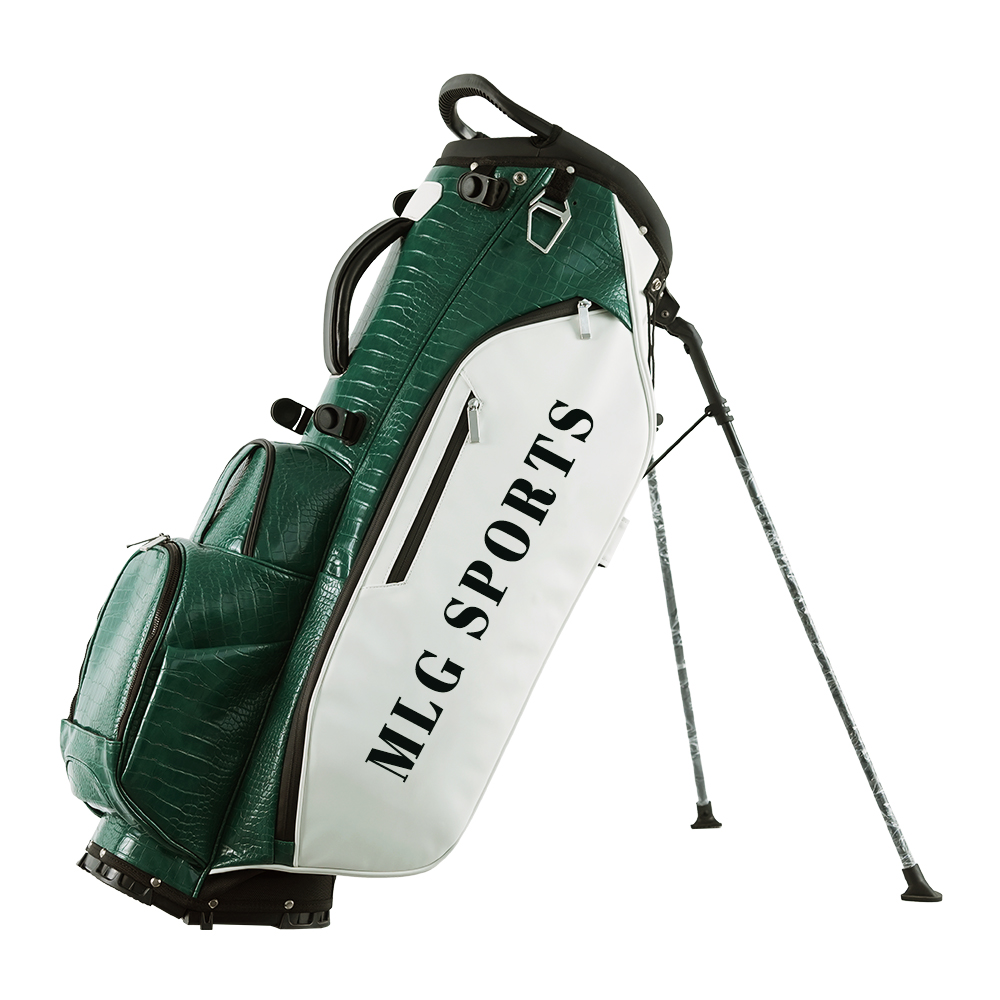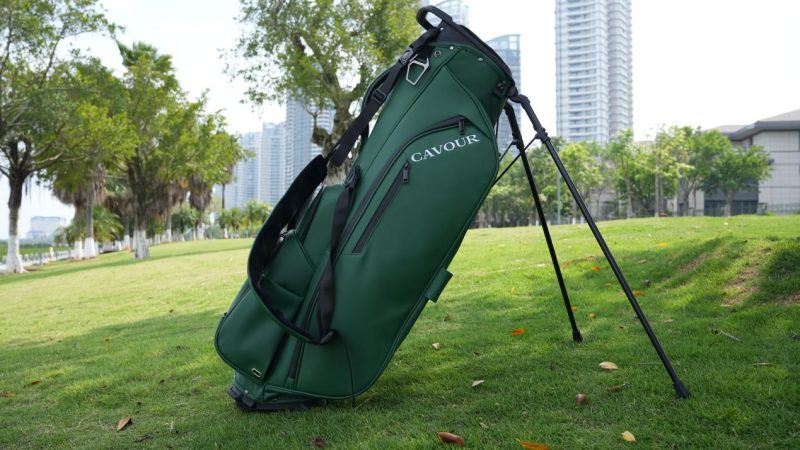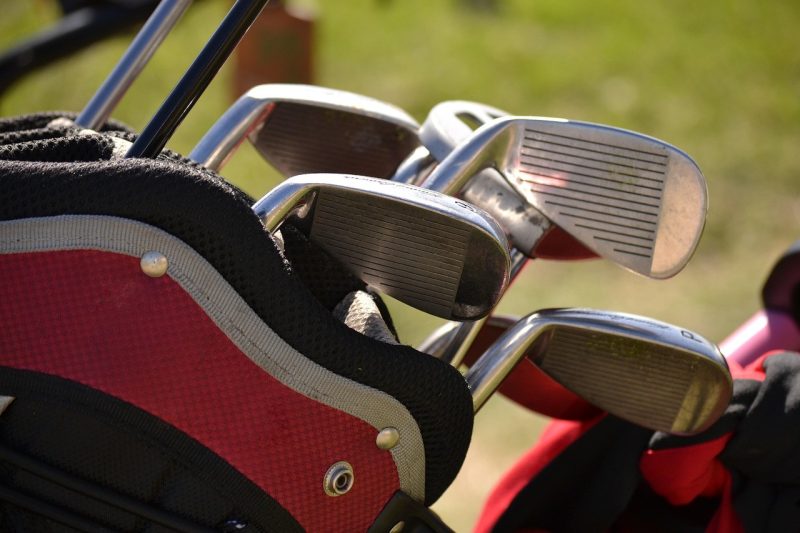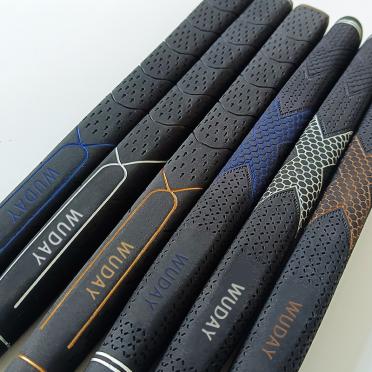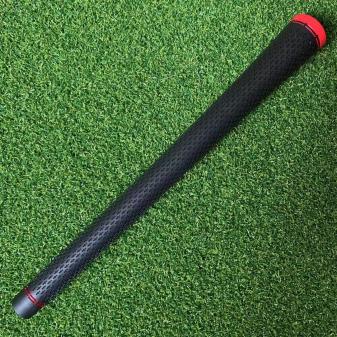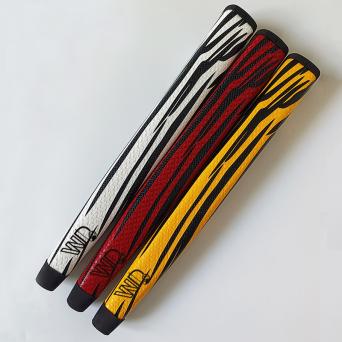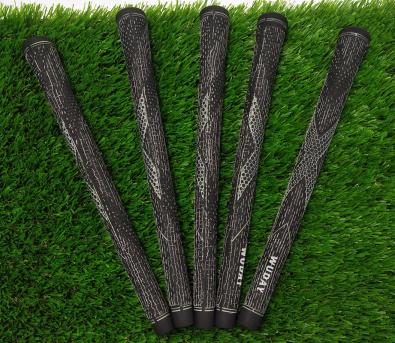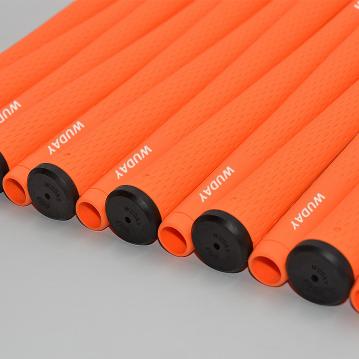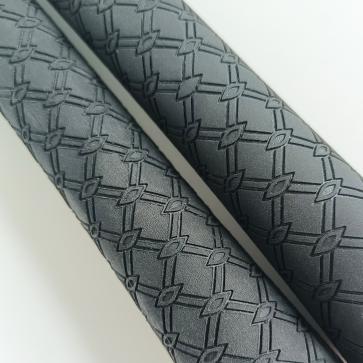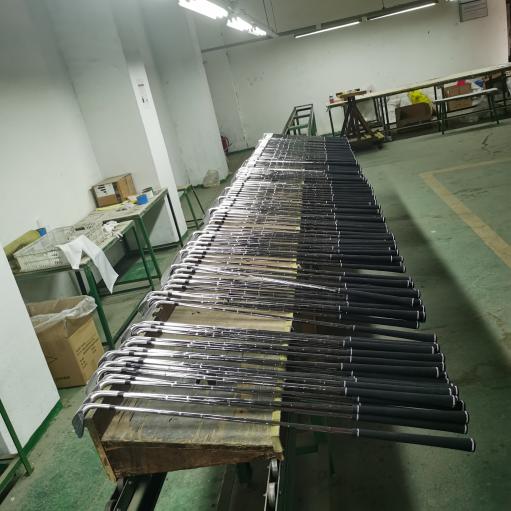Importance of Using Golf Head Covers
A golf head cover’s principal role is to provide protection. Golf clubs are an investment, and like any important asset, they require protection. Head coverings shield the clubs from the outdoors, unexpected drops, and the inevitable jostling in a golf bag. Without them, even short distances can cause scratches or more serious damage that hinders play.
More personally, wearing head coverings can improve your mental toughness. You can concentrate fully on your performance without worrying about any harm when your equipment is in optimal shape. You may play with confidence and focus thanks to this priceless peace of mind.
Types of Golf Head Covers
Golf head covers come in a variety of styles and protective levels. The most typical variety is a knitted or cloth cover, which is lightweight and easy to put on and take off. These are commonly found on putters and woods and come in a variety of colors and patterns.
Another common option is a leather or imitation leather headcover. These covers are well-known for their durability and classic appearance, and they provide excellent weather protection. They are primarily used for drivers and are popular among golfers who like a more conventional look.
Lastly, there are novelty and themed head covers. These are designed for golfers who want to express their personality on the green. From animal shapes to pop culture icons, the options are virtually limitless. While they may not offer the same level of protection as leather covers, they make a bold statement and add fun to the game.
Unique Designs and Customizations
Customization reigns supreme when it comes to golf head covers. A lot of golfers go for distinctive designs that express their interests or personalities. Monogrammed initials or embroidery featuring a favorite sports team or pastime are examples of this. The only thing limiting the possibilities is one’s imagination.
Customizations might also include selecting materials or colors that reflect personal tastes. Some providers provide unique services, allowing golfers to choose every feature of their head cover, from fabric kind to stitching color. This level of customisation ensures that your stuff is truly unique.
Where to Find Unique Golf Head Covers
Looking for golf head covers that stand out on the course? Whether you need a single custom design or bulk orders for your team, JTS Sport offers the perfect blend of style, quality, and convenience.
1. Specialty Golf Shops & Pro Stores
Local golf retailers and pro shops often carry a selection of head covers, but inventory can be limited. For truly unique designs tailored to your preferences, online options provide far more versatility.
2. The Best Online Destination: JTS Sport
Skip the hassle of browsing generic marketplaces! At JTS Sport, we specialize in high-performance, unique golf head covers with:
l Exclusive designs you won’t find elsewhere.
l Custom branding options for teams or businesses.
l Bulk discounts on premium-quality covers.
l Fast shipping straight to your door.
Caring for Your Golf Head Covers
Proper care and maintenance are vital to ensuring your golf head covers remain in excellent condition. Cleaning your head covers regularly is the first step in prolonging their lifespan. Fabric covers can often be machine-washed on a gentle cycle, while leather covers may require special cleaning products to avoid damage.
Storing your head covers properly when not in use is equally important. Keep them in a cool, dry place to prevent mold or mildew. Avoid leaving them in direct sunlight for extended periods, as this can cause fading and weaken materials.
Lastly, inspect your head covers for signs of wear and tear periodically. Small issues, such as loose stitching or small tears, can often be repaired before they become major problems. By taking these simple steps, you can ensure that your head covers provide reliable protection for your clubs for years to come.
Customer Reviews: What Golfers Are Saying
Hearing directly from other golfers can be incredibly helpful when choosing head covers. Many golfers praise the protective qualities and style options available. For example:
“5-star service from start to finish! The JTS Sport team (especially Charles Chen) helped me design perfect custom headcovers for my golf club. Their quality exceeded expectations and the communication was outstanding. Highly recommend for any golf equipment needs!”
– Josh M., PGA Certified Coach
“Even for my small test order, JTS delivered perfection – from product quality to secure packaging and on-time delivery. Their sample process is fantastic. Will definitely be ordering more!”
– Pro Shop Buyer, Florida
Conclusion: Elevate Your Golf Game with Unique Head Covers
In conclusion, golf head covers are a vital item for every golfer wishing to preserve their investment while also expressing their style on the field. From conventional designs to amusing novelty covers, the selections are numerous and diverse. By choosing the appropriate head cover, you can keep your equipment in great condition while also making a statement on the green.
Whether you shop locally or online, keep in mind that the correct head cover can improve not just the appearance of your golf gear, but also your overall experience. Take the time to go through the many different styles available, and don’t be afraid to invest in high-quality options that suit your specific taste and requirements.

